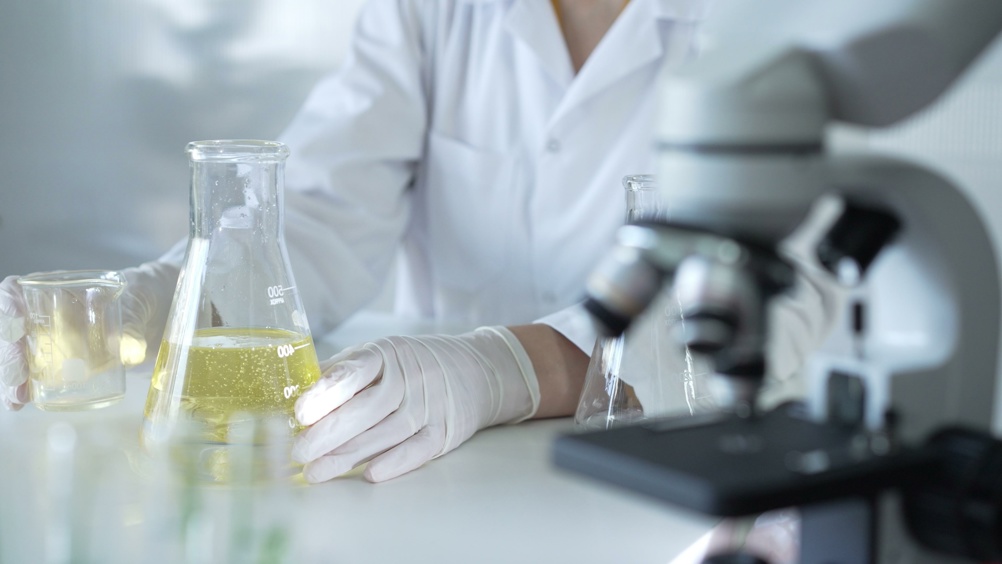References
A literature review on polynucleotide efficacy on skin rejuvenation, and review of the regulatory status and guidelines around polynucleotides

Abstract
The study on polynucleotide efficacy in skin rejuvenation, alongside the review of regulatory status and guidelines within the UK, delineates a progressive outlook on this emerging therapeutic modality in aesthetic medicine. Polynucleotides have demonstrated notable efficacy in enhancing skin hydration, elasticity, and overall dermal health, primarily through mechanisms that promote cellular repair and collagen synthesis. This systematic review synthesises findings from various clinical studies to elucidate the significant therapeutic potentials of polynucleotides, revealing their capacity to improve skin texture and integrity, which are critical in the aesthetic rejuvenation of aging skin. Further, the review highlights a critical gap in the regulatory framework governing the use of polynucleotides within the United Kingdom.
Despite the increasing use of polynucleotides, there exists a disparity in comprehensive regulatory guidelines, which raises concerns about standardisation and safety in clinical practice. This review calls for the establishment of robust, evidence-based regulatory standards that would ensure safe and effective application, aligning with international best practices.
To propel the field of aesthetic medicine forward, this study emphasises the necessity for continued research to validate the long-term efficacy and safety of polynucleotide treatments. It advocates for larger, randomised controlled trials to better understand the full scope of their therapeutic benefits and side effects. The integration of detailed mechanistic studies would also refine application protocols and enhance treatment outcomes.
Conclusively, while polynucleotides present a promising avenue for non-invasive rejuvenation therapies, their full integration into clinical practice demands a concerted effort to develop standardised guidelines and conduct comprehensive clinical evaluations. Such advancements will not only bolster the therapeutic repertoire of aesthetic medicine but also enhance patient safety and treatment efficacy, establishing a new standard in skincare treatment.
Register now to continue reading
Thank you for visiting Journal of Aesthetic Nurses and reading some of our peer-reviewed resources for aesthetic nurses. To read more, please register today. You’ll enjoy the following great benefits:
What's included
-
Limited access to clinical or professional articles
-
New content and clinical newsletter updates each month


